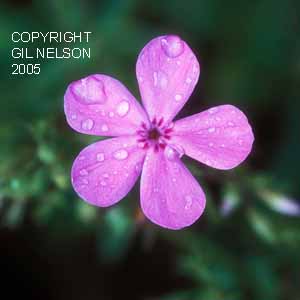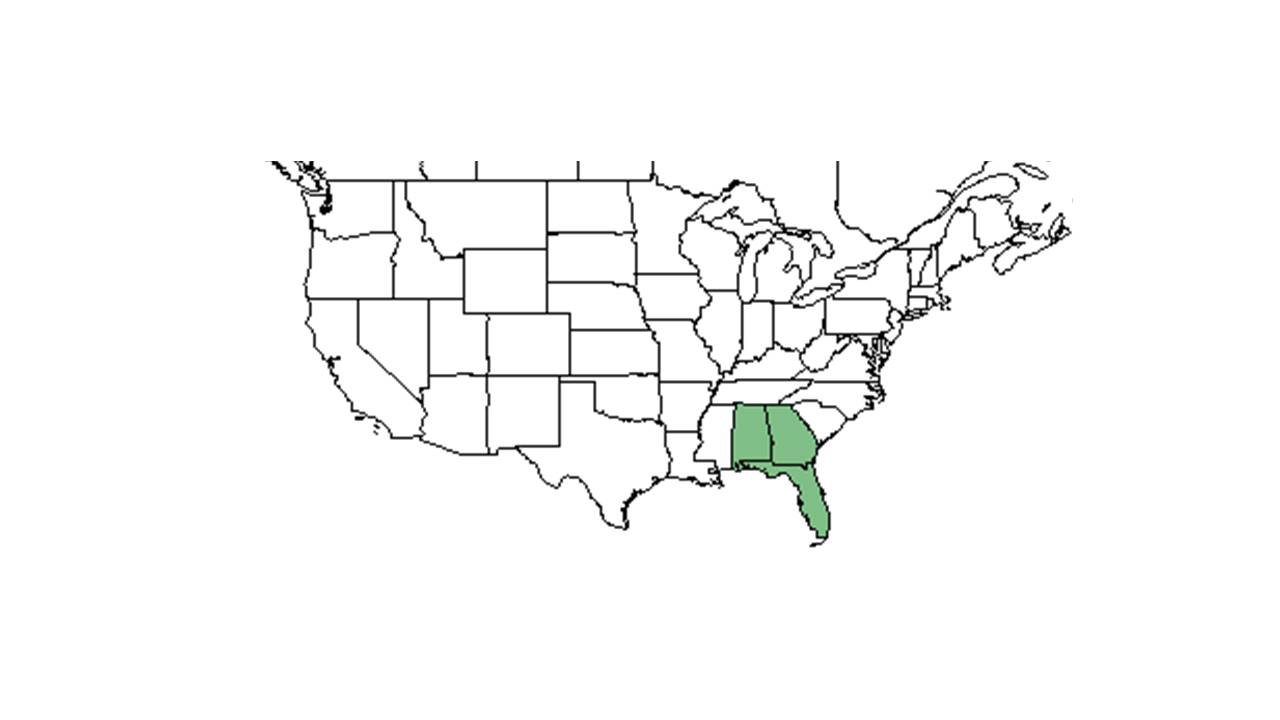Difference between revisions of "Phlox floridana"
| Line 35: | Line 35: | ||
===Fire ecology=== <!--Fire tolerance, fire dependence, adaptive fire responses--> | ===Fire ecology=== <!--Fire tolerance, fire dependence, adaptive fire responses--> | ||
| − | It flowers within two months of burning in early summer | + | It flowers within two months of burning in early summer. [[KMR]] |
<!--===Pollination===--> | <!--===Pollination===--> | ||
<!--===Use by animals===--> <!--Herbivory, granivory, insect hosting, etc.--> | <!--===Use by animals===--> <!--Herbivory, granivory, insect hosting, etc.--> | ||
Revision as of 11:54, 14 April 2016
| Phlox floridana | |
|---|---|

| |
| Photo taken by Gil Nelson | |
| Scientific classification | |
| Kingdom: | Plantae |
| Division: | Magnoliophyta - Flowering plants |
| Class: | Magnoliopsida – Dicotyledons |
| Order: | Solanales |
| Family: | Polemoniaceae |
| Genus: | Phlox |
| Species: | P. floridana |
| Binomial name | |
| Phlox floridana Benth. | |

| |
| Natural range of Phlox floridana from USDA NRCS Plants Database. | |
Common name: Florida phlox
Contents
Taxonomic notes
Description
Distribution
Ecology
Habitat
P. floridana has been documented to occur on a sandy ridge in a longleaf pine/scrub-oak woodland; pine/hardwood forest; open piney areas; sandy soil of open pine flatwoods; amongst grasses in a burned longleaf pine forest; along the edge of pine-oak-hickory woods; semi-boggy slope of longleaf pine savanna; and an annually burned pine savanna. It has been observed to grow on sandy roadsides, picnic areas, dry sand and gravel in an old field, cut and burned over pine flatwoods, and along a powerline corridor. [1] Soils observed include sand, dry sandy loam, drying loamy sand, and in shaded loose loamy sand. [1] Associated species include Pinus palustris, Tetragonotheca, Onosmodium, Pediomelum, Quercus laurifolia, Quercus margarettae, Quercus incana, Quercus laevis, Vaccinium arboreum, Vaccinium stamineum, Opuntia humifusa and Asclepias. [1]
Phenology
P. floridana has been observed to bloom April through November. [1] Kevin Robertson has observed this species flower within three months of burning. KMR
Seed dispersal
According to Kay Kirkman, a plant ecologist, this species disperses by wind. [2]
Fire ecology
It flowers within two months of burning in early summer. KMR
Conservation and Management
Cultivation and restoration
Photo Gallery
References and notes
Florida State University Robert K. Godfrey Herbarium database. URL: http://herbarium.bio.fsu.edu. Last accessed: July 2015. Collectors: Robert K. Godfrey, K. Craddock Burks, Loran C. Anderson, Michael Cartrett, Robert Doren, Robert Kral, Sidney McDaniel, C. Jackson, Andre F. Clewell, S. W. Leonard, W. W. Baker, Cecil R Slaughter, R.A. Norris, R. Komarek. States and Counties: Florida: Bay, Calhoun, Clay, Franklin, Gadsden, Gulf, Holmes, Jackson, Jefferson, Leon, Liberty, Okaloosa, Taylor, Wakulla, Walton. Georgia: Grady, Thomas. Compiled by Tall Timbers Research Station and Land Conservancy.
Robertson, Kevin M. 2014. Personal observation.
- ↑ 1.0 1.1 1.2 1.3 Florida State University Robert K. Godfrey Herbarium database. URL: http://herbarium.bio.fsu.edu. Last accessed: July 2015. Collectors: Robert K. Godfrey, K. Craddock Burks, Loran C. Anderson, Michael Cartrett, Robert Doren, Robert Kral, Sidney McDaniel, C. Jackson, Andre F. Clewell, S. W. Leonard, W. W. Baker, Cecil R Slaughter, R.A. Norris, R. Komarek. States and Counties: Florida: Bay, Calhoun, Clay, Franklin, Gadsden, Gulf, Holmes, Jackson, Jefferson, Leon, Liberty, Okaloosa, Taylor, Wakulla, Walton. Georgia: Grady, Thomas. Compiled by Tall Timbers Research Station and Land Conservancy.
- ↑ Kay Kirkman, unpublished data, 2015.